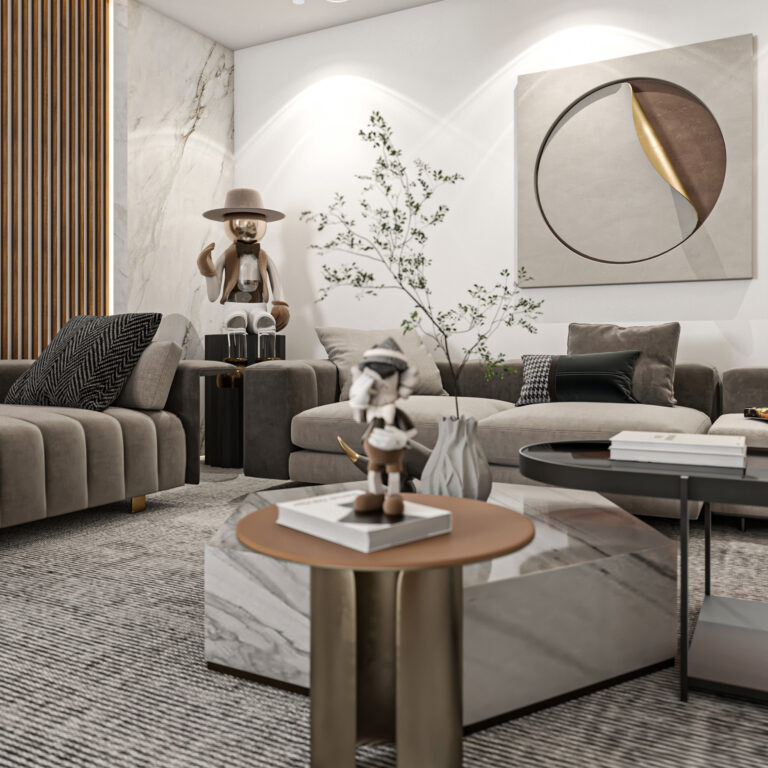
Interior design is a delicate art that goes beyond aesthetics. It is about creating spaces that are not only beautiful but also functional and comfortable. One of the essential principles in interior design is harmony and unity. These principles ensure that all elements in a space work together, creating an environment that is harmonious, balanced, and aesthetically pleasing.
What is Harmony in Interior Design?
Harmony refers to the visual relationship between different elements in a room, creating a sense of order and calm. It is achieved when all parts of the design come together in a way that is pleasing to the eye. Harmony does not mean that everything must be identical, but there should be a balance in how different colors, textures, patterns, and materials interact. For example, combining warm tones with cool tones or using complementary colors can create a sense of harmony in a space.
What is Unity in Interior Design?
Unity refers to the concept of creating a sense of completeness or wholeness in a space. This occurs when all the elements, from furniture to color choices, textures, and even lighting, come together in a way that makes them feel part of the same story or theme. Unity ensures that a room looks intentionally and thoughtfully designed, rather than random or scattered. For example, using a specific color palette, materials, or design style throughout a space creates unity.
How to Achieve Harmony and Unity?
There are various ways to create harmony and unity in interior design:
1. Consistent Color Scheme
A consistent color scheme is one of the most effective ways to achieve both harmony and unity. Choosing a base color and complementing it with contrasting or varying shades can create visual cohesion.
2. Repetition
Repetition of design elements such as patterns, materials, or shapes helps to create a sense of unity. Repeating similar features throughout the room makes the space feel cohesive.
3. Balance
Balance is crucial in creating harmony in a room. Symmetrical or asymmetrical balance can be used, but the key is to avoid one side of the room feeling heavier than the other. Properly placed furniture and accessories help contribute to both harmony and unity.
4. Textures and Materials
Mixing various textures and materials in a balanced way creates depth and interest while maintaining harmony. However, it is essential not to overwhelm the space with too many contrasting textures or materials, as it could disrupt unity.
5. Focal Points
Every well-designed space should have a focal point, such as a piece of artwork, a feature wall, or a beautiful piece of furniture. This central element anchors the design and gives a sense of unity to the entire room.
6. Scale and Proportion
The scale of furniture and accessories should be proportional to the size of the room. For example, large furniture in a small room can create a sense of disunity. Keeping scale and proportion in mind ensures that the space looks balanced and harmonious.
Conclusion
Along with unity, harmony is one of the fundamental principles in interior design, focusing on creating spaces that are not only visually appealing but also comfortable and functional. By carefully considering elements such as color, texture, materials, and balance, a designer can create spaces that feel harmonious, inviting, and beautiful. Whether in a cozy living room or a luxurious office, the principles of harmony and unity are essential for achieving a well-rounded and beautiful design.


No comments yet.